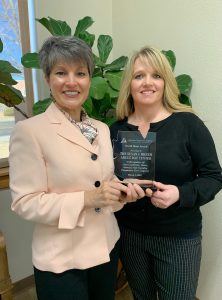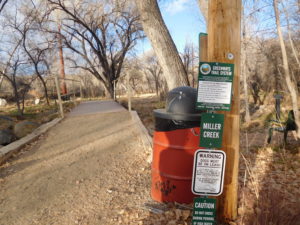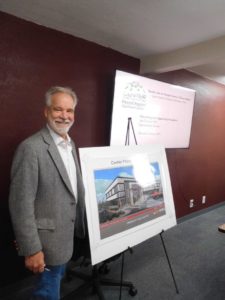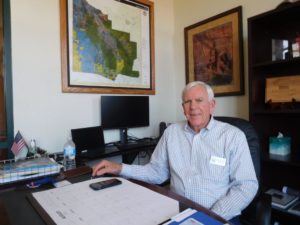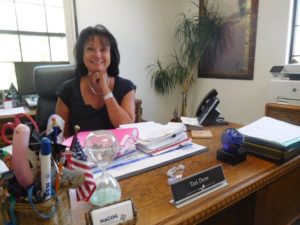Prescott-area High Tea celebrates local women in the international program.
In receiving the award, she recognized the support of her husband and high school sweetheart, Rick Drew, as well as her co-workers.
“The honor of being named the 2022 Athena Award winner has changed my perspective on my career, contributions and commitment to community,” she said. “The award has motivated me to seek out the good in all women and nominate them for this life-changing recognition. It has changed my life by being able to share more about me – my family, my career – with the community. I’ve received so many emails, calls and congratulations from the community. I’m grateful to share my story.”
The ATHENA Award is part of an international program that began in 1987. Its mission is to support, honor and develop women leaders and inspire women to reach their full potential. It recognizes women who achieve excellence in their work, support their community and mentor others. Astronauts, judges and elite athletes are among the ATHENA circle of sisterhood. Famous ATHENA Award recipients include Billy Jean King, Condoleezza Rice and Marlo Thomas. At the Prescott event on Sunday, Sept. 18, Aboost was the lead sponsor. Founder and owner Anita Farrelly, RN, says she loved being in a room full of women who were pushing themselves to the next level to be role models and leaders for the community. “I’ve always been an advocate for leadership, growth and development and to participate in an event that champions these skills is powerful, enlightening and motivating. It’s what I want my daughters to know and learn.”
Farrelly added that for nurses, the assumption is that they will always work for someone else, a hospital or a corporation. “The Prescott-Area ATHENA Awards is such a good fit for Aboost because we’re teaching nurses how to be owners of their own businesses, to have an entrepreneur mindset and to develop marketing and sales skills so that they may use their nursing skills to care for the community in a different way.
Through her work with NACOG across more than four decades, Drew has helped numerous job seekers receive career-path training and find employment. She is credited for NACOG’s local, state and national recognition in innovation, leadership and services. She is nationally known for her economic and workforce development strategies and has been named Prescott Area Leadership Woman of the Year. As executive director for the Yavapai County Workforce Development Board, Drew was honored in Washington, D.C. recently for successfully nominating Grant Quezada and Founding Fathers Collective for the W.O. Lawton Business Leadership Award.
“I am blessed to say I have accomplished many successes in my career,” she said. “My greatest was my tenure of 45 years. I’ve learned so much and connected with so many people to make a significant difference for so many. I love it when someone says, ‘You helped me with school and now I am an RN,’ or ‘You placed me at the county, now I’m in management,’ or, ‘You taught me to be strong. Now I lead others.’ My greatest accomplishment is seeing others reach their potential.”
Drew says her parents and siblings were and continue to be her mentors. “They taught me what to and not to do growing up, and those strong ethics pay off.”
As a next achievement, Drew says she’d like to explore an elected position. “My hope for young women entering the workplace is for them to do what they love and love what they do.” QCBN
By Bonnie Stevens, QCBN





